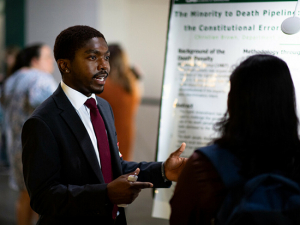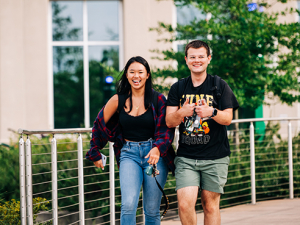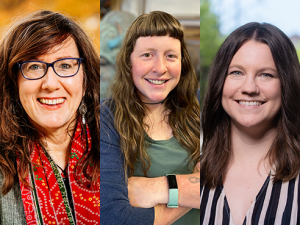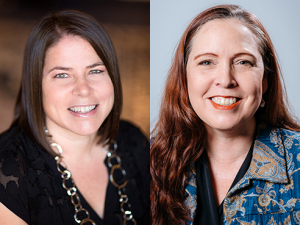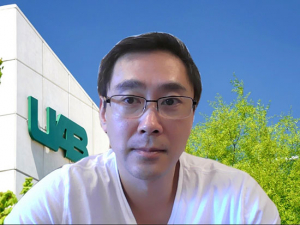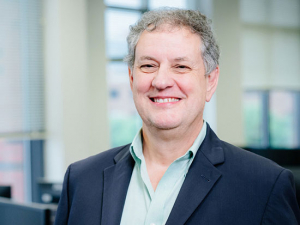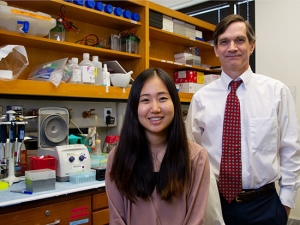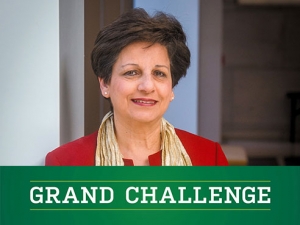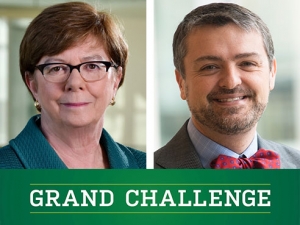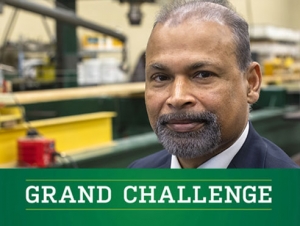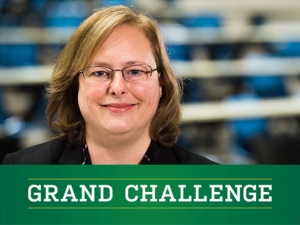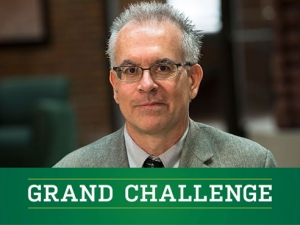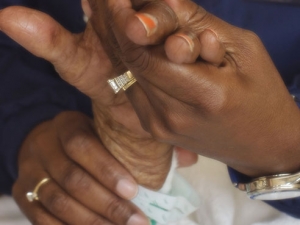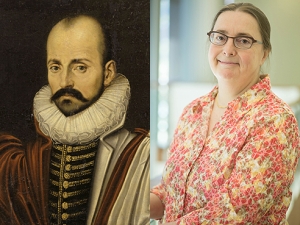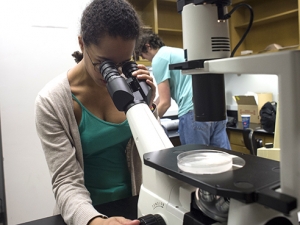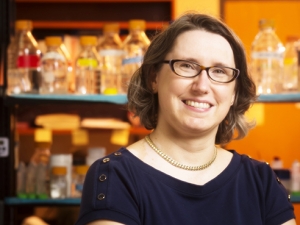 As a world-renowned doctoral research university, UAB expects its teacher-scholars to win competitive grants and other awards to support their research. And they do not disappoint. This year, four professors have been chosen to receive National Science Foundation Career Awards — a prize the foundation describes among its most prestigious.
As a world-renowned doctoral research university, UAB expects its teacher-scholars to win competitive grants and other awards to support their research. And they do not disappoint. This year, four professors have been chosen to receive National Science Foundation Career Awards — a prize the foundation describes among its most prestigious.
The NSF awards are provided to support the early career-development activities of professors who most effectively integrate research and education within the context of the mission of their organization. At UAB, those faculty include Thamar Solorio, Ph.D., and Ragib Hasan, Ph.D., assistant professors of computer and information sciences, Eugenia Kharlampieva, Ph.D., assistant professor of chemistry, and Karolina Mukhtar, Ph.D., assistant professor of biology.
The UAB Reporter will feature each of these outstanding researchers during the next few weeks and provide insight into their work and its promise. This week we focus on Kharlampieva’s work to reshape the way drugs are delivered throughout the body.
Kharlampieva received a $525,000 NSF Career Award for her research on shape responses of ultra-thin hydrogel microcapsules. Her efforts are focused on developing a new class of shape-adaptable materials using stimuli-sensitive, hollow hydrogel capsules of specific shapes. The ability to control the shapes of capsules can help drugs target specific areas, including tumors.
Q: What was your reaction to being selected for this honor by the NSF?
A: I was excited for sure. It was a relief, as well, because otherwise it would have meant another submission from me. When you get money, it’s always a huge responsibility. This grant is not for what we have already achieved, but for the future. So, for a few minutes I was happy, excited and relieved, and then I was immediately planning for what I needed to do when the money came in.
Q: What is the hypothesis of your research?
A: The main idea is to develop a new type of shape-adjustable material for controlled drug delivery. The capsules should be able to change shape under different stimuli, such as differences in pH. Most existing drug-delivery capsules are spherical in shape because it is easy to synthesize them; however, spherical shapes are not the best. Even looking at different biological objects you can hardly find spherical particles. We are trying to mimic nature by ensuring the capsules are nonspherical shapes, flexible, hollow and pH-responsive.
Q: What makes this research unique in the field?
| Thalmar Solorio’s research on cross-domain authorship analysis was featured this past week, read it. |
A: Shape transitions are crucial in biological environment. For example, red blood cells reversibly deform in the hydrodynamic flow to efficiently navigate within blood vessels. While environmentally triggered reconfiguration of shape is ubiquitous in biological microsystems —including cells, leucocytes, bacteria and spores — few examples of shape adaptability can be found in synthetic materials.
Creation of shape-shifting microparticles remains a big challenge due to experimental difficulties that hinder integration of stimuli-responsiveness into shaped structures. However, environmental control over material shape would be a key parameter in developing the next generation of intelligent materials capable of various transformations to perform specific functions, a feature crucial in many technologies including drug delivery and sensing.
Q: What does this award mean to you and for your research?
A: My group research focuses on the design, synthesis and characterization of novel multifunctional polymeric materials as intelligent platforms for therapeutic application and sensing. The NSF Career Award will support research and education efforts in those directions. In other words, my group now can bring our ideas about these unique shape-transformable materials to reality.
Another crucial thing is educational and outreach activities focused on developing new undergraduate and doctoral programs in polymer science at UAB. The program will combine elements of traditional polymer chemistry with developing awareness of the needs of the UAB biomedical research community for specialized polymers. I believe this program will have a strong influence on education in the field in the Southeast, with potentially significant social and economic impact. High school, undergraduate and graduate students, including under-represented minorities, will be trained in modern aspects of polymer science including state-of-the-art synthetic and analytical methods and intensive multidisciplinary collaborations throughout and beyond UAB.
